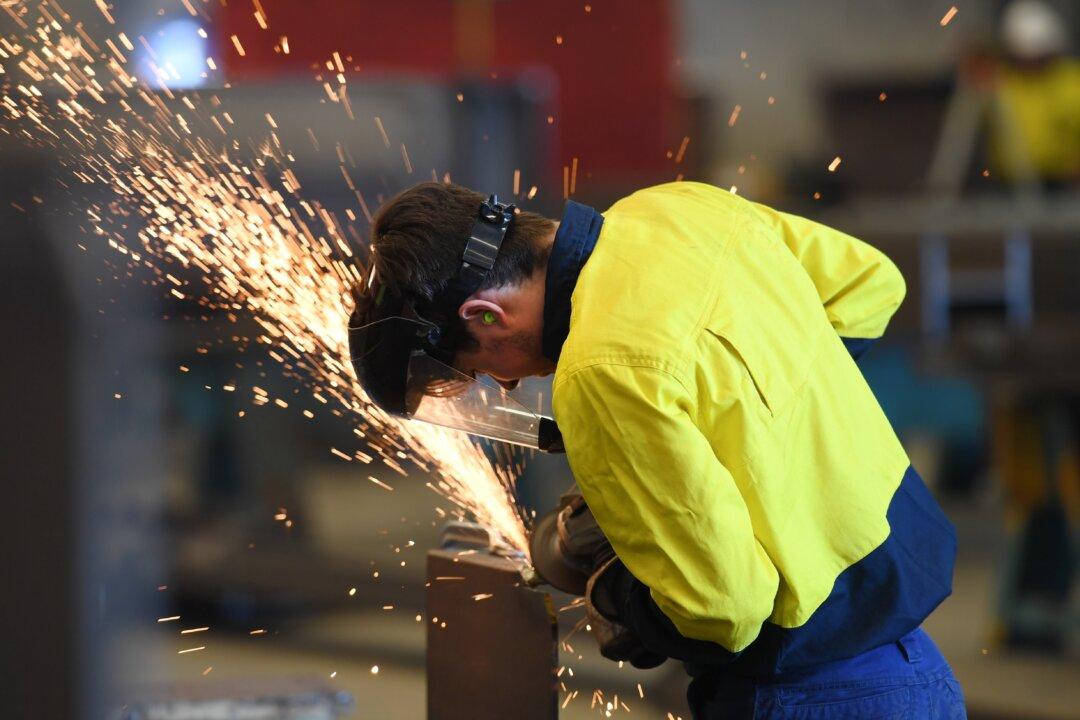Australia’s CCP virus restrictions will remain in place for at least four weeks until three criteria are met, Prime Minister Scott Morrison said after a meeting with National Cabinet the morning of April 16.
The three criteria—wider testing, contact tracing with an app, and plans for local lockdowns to combat outbreaks—will need to be in place before restrictions related to the CCP (Chinese Communist Party) virus, commonly known as the novel coronavirus, begin to ease.





